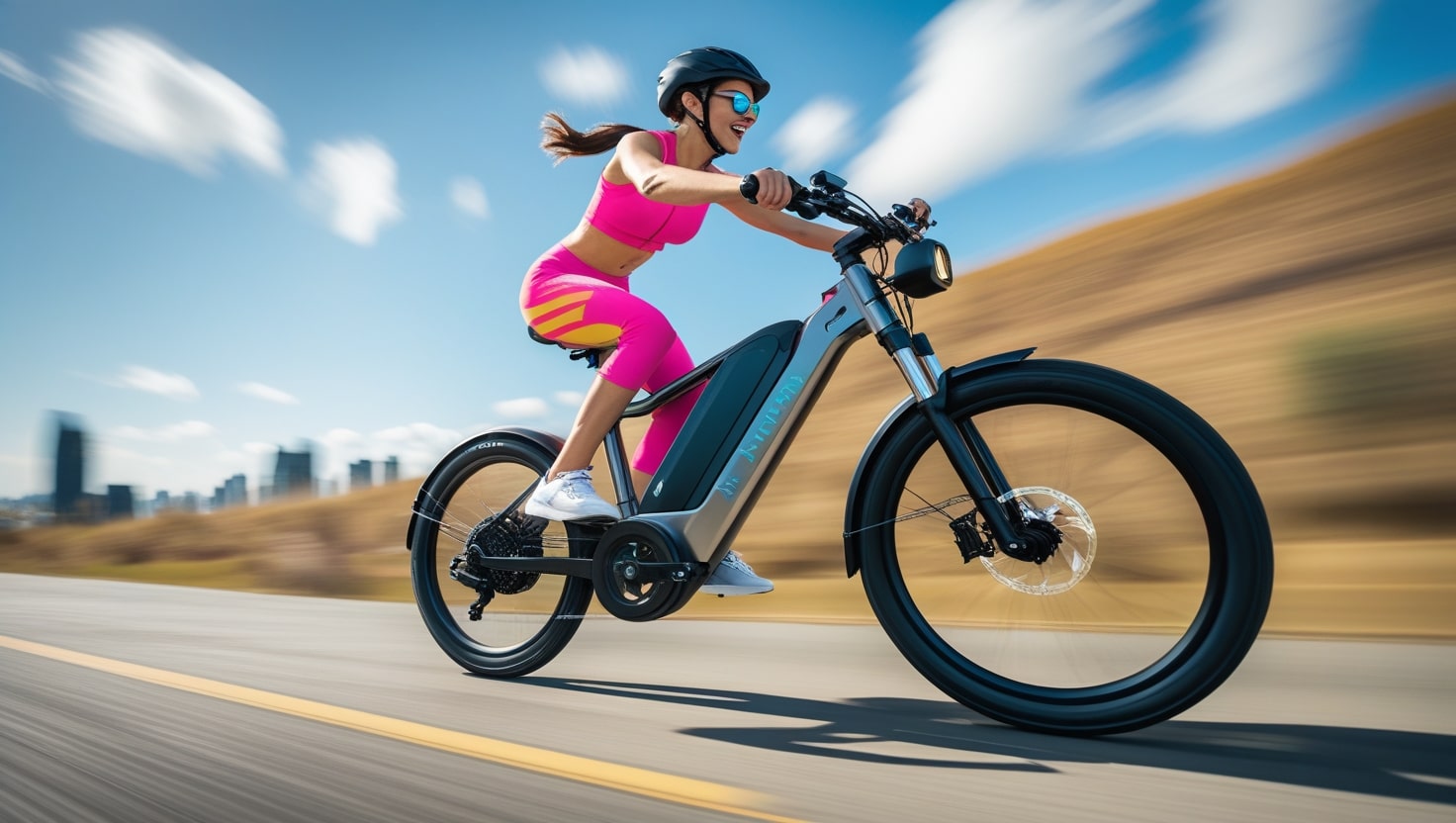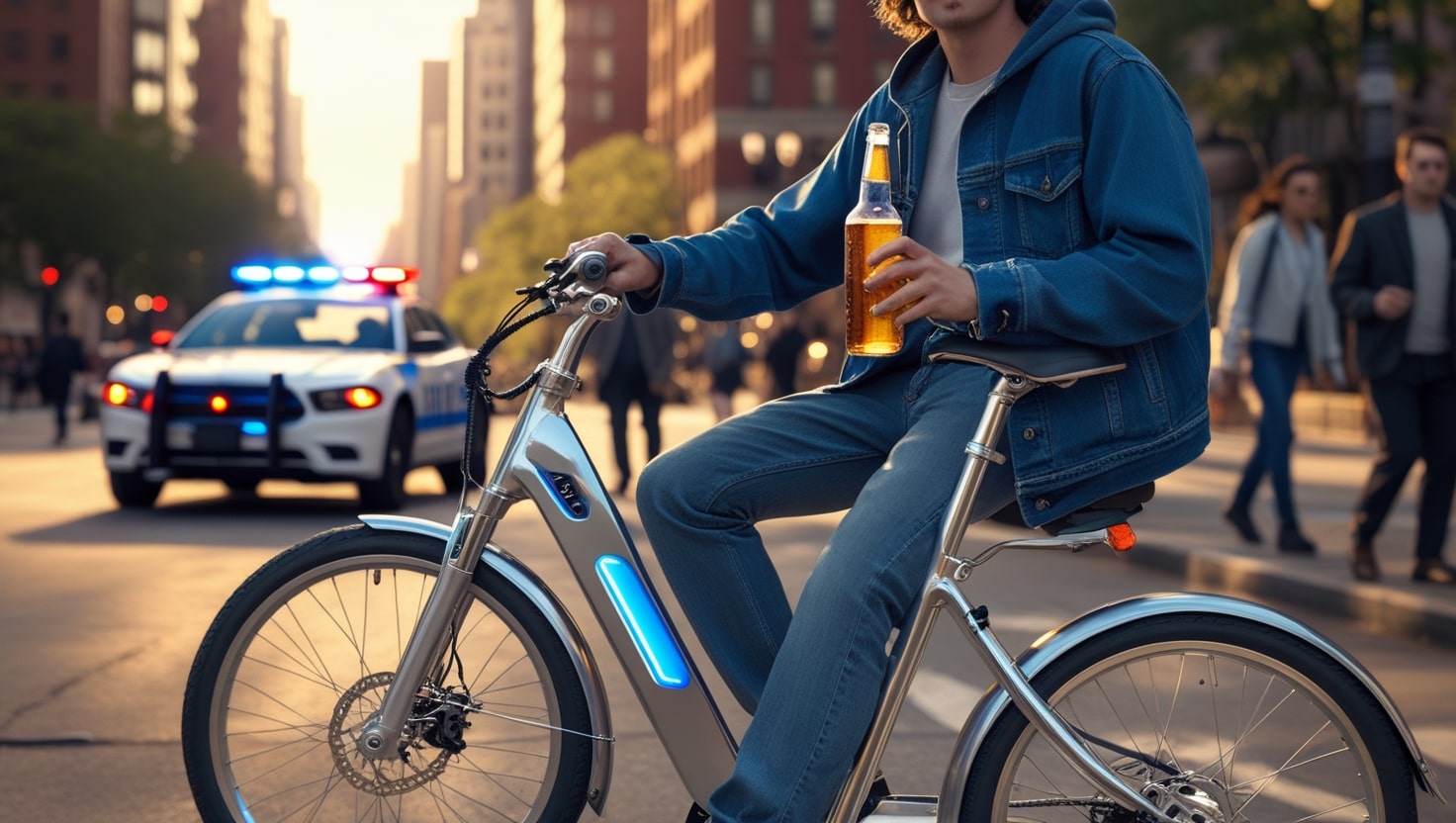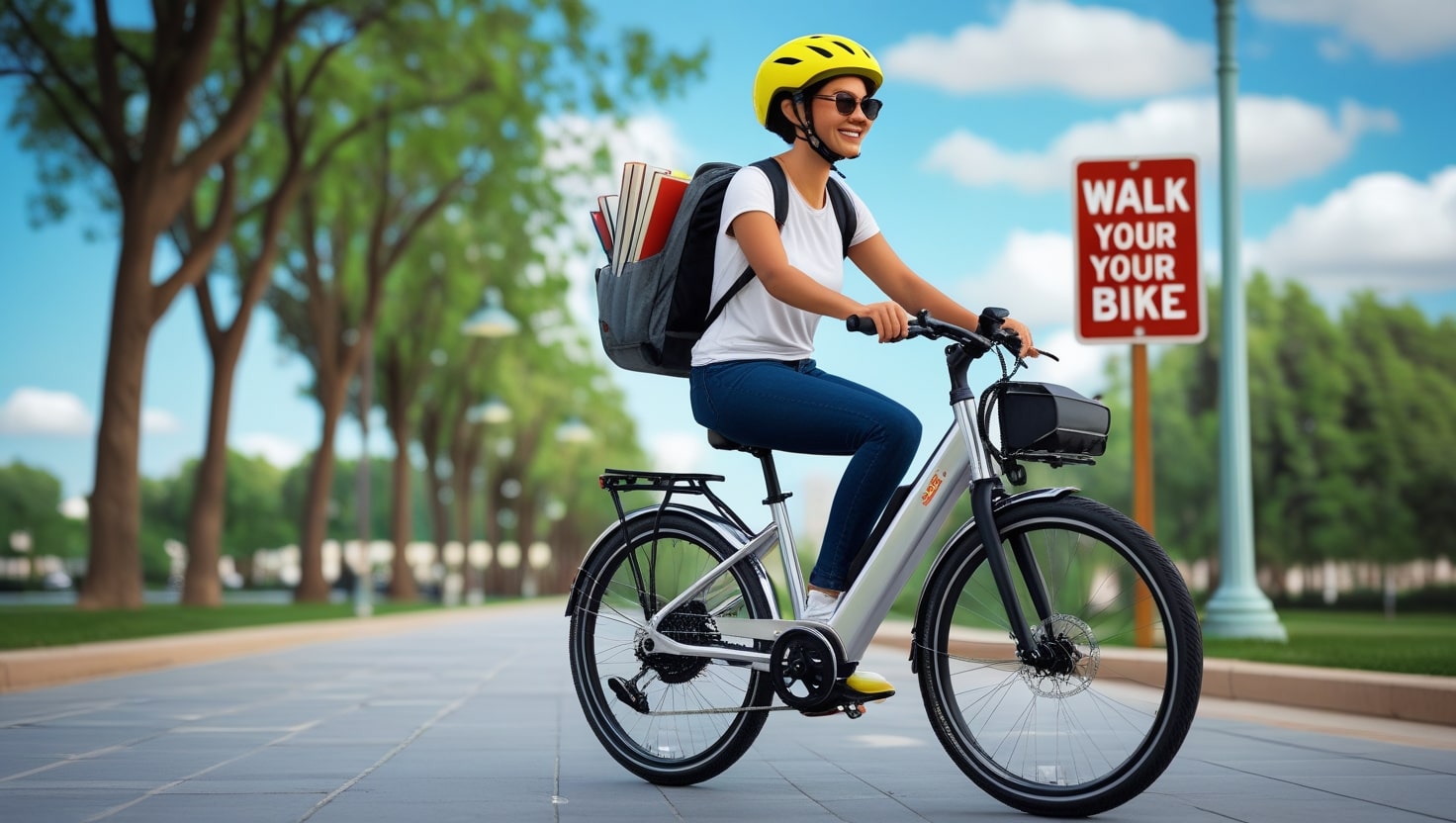As someone who’s spent years exploring various electric-powered vehicles, from go-karts and scooters to rugged e-bikes, one question I get all the time is: how fast does a 48V electric bike go? The answer isn’t one-size-fits-all, but rather shaped by several factors that deeply influence performance. Think of terrain, weight, motor quality, and overall efficiency. A solid guide to this topic doesn’t just look at the wattage—say 1500 W—or voltage, like 48V, but examines the full potential of what these vehicles can offer.
For any rider or enthusiast, whether you’re tearing up dirt roads or commuting through the city, understanding the speed of these machines comes with knowing how each part contributes. E-bikes, much like their cousins—scooters and go-karts—all fall under the same umbrella of high-performance electric transport. The secret lies in the harmony between voltage, weight, and real-world insights from seasoned users. You begin to appreciate the harmony of technology and excitement as soon as you experience the rush of a well-tuned 48V car.
Also read: How Fast Does a 1000W eBike Go?
What is a 48V 1500W Motor?
The Basics of Electric Motors
When I first upgraded from a basic 24V system to a 48V motor, the jump in speeds and power was undeniable. That’s because the voltage and wattage—in my case, a solid 1500W setup—play a major role in how much energy your bike can generate. These aren’t just numbers on a label; they reflect the capacity and output your bike can push, especially when riding under a heavy load or on uneven terrain. A higher voltage system like 48V simply has more electrical potential to move current, giving it a clear edge over 36V or 24V systems in terms of real-world performance.
Every part of the motor contributes to the overall efficiency, and even minor differences can influence how your bike handles demanding application needs. With the right balance of wattage, current, and smart system design, a 48V bike doesn’t just ride; it flows with confident power and control.
How Does the 48V 1500W Motor Work?
In my experience with electric rides like e-bikes and scooters, what really brings them to life is a well-matched motor—specifically, a 48V 1500W setup. This kind of motor draws power from a battery supply to generate rotational motion, which helps drive the wheels forward.
The voltage and wattage determine how much output the system can deliver, and when combined with a lightweight frame, the result is often higher speeds. These motors are ideal for a range of applications, especially in small electric vehicles, where balance between size and performance really matters.
how fast does a 48v electric bike go
Top Speed Estimates for a 48V 1500W Motor
When people ask how fast a 48V electric bike can go, it usually comes down to how the motor, battery, and vehicle are matched. With a 1500W motor, you can typically expect speeds between 20 to 28 miles per hour (MPH) under a standard setup. This estimate is based on a well-balanced system that uses the available power and energy efficiently to generate smooth motion. From my own rides on both an e-bike and scooter, a well-configured 48V motor makes a noticeable difference, especially compared to lower-wattage motors like 250W or 500W systems, which struggle at higher speeds or on challenging terrain.
The actual top speed your vehicle can reach depends on several factors:
Motor Power: A 1500W motor can generate much higher speeds than lower-wattage options like 250W or 500W.
Vehicle Weight: A lighter bike or scooter will move faster because it uses less energy, whereas a heavier one may slow down.
Terrain: Riding on flat roads allows for maximum speed, while hills, rough paths, or obstacles can limit performance.
Rider Weight: A heavier rider adds more weight, which may slightly reduce the top speed.
Calculating the Speed of a 48V 1500W Motor
When I first started tuning e-bikes, I learned that raw power isn’t the only thing that affects speed—understanding the power-to-weight ratio is key. A 48V 1500W motor on a flat road can produce great performance, but the final top speed depends on many factors, like efficiency, wheel size, and rider weight. From my own experience, a typical setup with a rider weighing between 150 to 200 lbs can allow speeds of about 20 to 25 MPH.
You can calculate the theoretical speed using this basic formula:
Power (W) = Voltage (V) × Current (A) → For a 1500W motor running on 48V, this equals about 31.25 amps.
Speed Calculation: A typical e-bike with that much power and solid efficiency will usually fall in the 20–28 MPH range, depending on external factors and the full system setup.
Also read: How Fast 1600w Ebike Go?
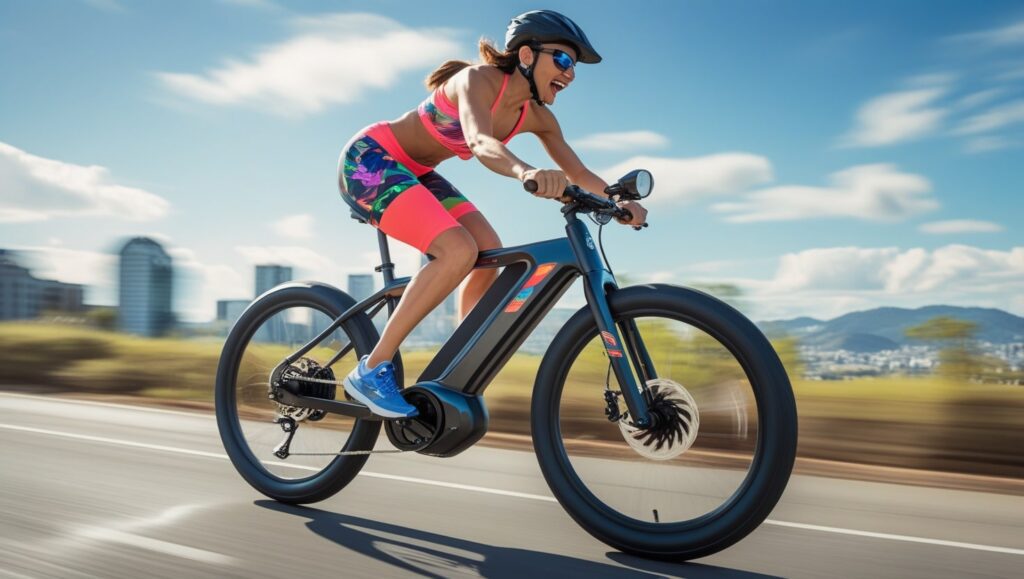
Factors Affecting the Speed of a 48V 1500W Motor
Rider and Vehicle Weight
The combined weight of the rider and the bike is one of the main variables influencing a 48V e-bike’s speed. From what I’ve experienced, a lighter setup always results in higher speeds. A heavier rider or a bulky bike demands more power from the motor just to maintain the same pace, which can lead to a noticeable reduction in top performance.
Terrain and Environmental Conditions
The terrain and outside condition also play a huge role. On smooth, paved roads and flat surfaces, the motor can easily hit its optimal range. But when you’re on rough tracks, steep uphill climbs, or dealing with windy weather, the motor has to work harder, and that can mean reducing speed. ,
Factors like gravitational force, gravity resistance, or even assistance when going downhill can exceed the expected limits, though safety mechanisms in the design will usually keep it within the rated maximum. These things are often overlooked, but from my rides across mixed terrain, they’re absolutely key to understanding your bike’s limits.
Motor Efficiency
Not all motors are created equal—the efficiency of the build truly matters. I’ve ridden bikes with the same 1500W label but completely different performance levels. A motor with lower quality or design issues might feel sluggish, while a well-built one with excellent conversion capability will give you smoother rides and quicker acceleration. Better efficiency doesn’t just mean better speed—it means smarter use of power, resulting in more reliable speeds across all conditions.
Also read: best electric bike conversion kits 2024
Real-World Performance of a 48V 1500W Motor
E-Bikes with 48V 1500W Motors
From my own rides and those I’ve tuned for others, e-bikes equipped with 48V 1500W motors offer one of the best real-world applications of high-performance electric mobility. These bikes are designed to handle a variety of terrain, from city streets to off-road riding tracks. Depending on the weight of the rider and the quality of the motor, you can expect speeds in the range of 20 to 28 MPH. A high-quality setup offers both speed and performance, especially in urban commuting scenarios where acceleration and smooth handling matter most.
Electric Scooters and Go-Karts
In my experience working with electric scooters and go-karts, a 48V 1500W motor also delivers strong results, although design and weight play a bigger role in top-end speeds. Most scooters used for urban commuting stay within the 20 to 25 MPH mark, offering quick acceleration and dependable torque. Go-karts tend to reach slightly lower top speeds, around 15 to 25 MPH, mainly because of their heavier frame. Still, the fun factor is high, and the motors perform reliably when set up right.
Maximizing the Performance of a 48V 1500W Motor
Regular Maintenance for Speed Optimization
Regular maintenance is essential for a 48V 1500W motor to operate at its best. Keeping the battery, motor, and wheels in good condition facilitates smooth operation and maximizes the motor’s potential.
Battery Health: A well-maintained battery that’s regularly charged ensures your bike has enough power to operate at peak performance. Ignoring battery care can lead to loss of speed and overall efficiency, especially during rides on rough terrain.
Tire Pressure: Proper inflation helps reduce rolling resistance, which lets you reach higher speeds with less effort. Always check your tire pressure before riding to make sure you’re not losing momentum due to low air.
Motor Cleaning: A clean motor free of dirt, debris, and moisture plays a key role in long-term performance. Regular cleaning helps maintain the bike’s efficiency.
Upgrading Components for Faster Speeds
Consider improving certain aspects of your setup if you wish to increase the 48V 1500W motor’s maximum speed.
Larger Wheels: Switching to larger wheels can reduce rolling resistance, making it easier to increase your top speed without extra strain on the motor.
High-Performance Controller: A quality controller is key to regulating power more efficiently, helping your motor reach higher performance levels and improving overall speed output.
Better Batteries: Upgrading to better, high-quality batteries that provide consistent voltage will support the motor’s peak output, giving you stronger, longer-lasting power on every ride.
Also read: Can eBikes Go Up Steep Hills Easily?
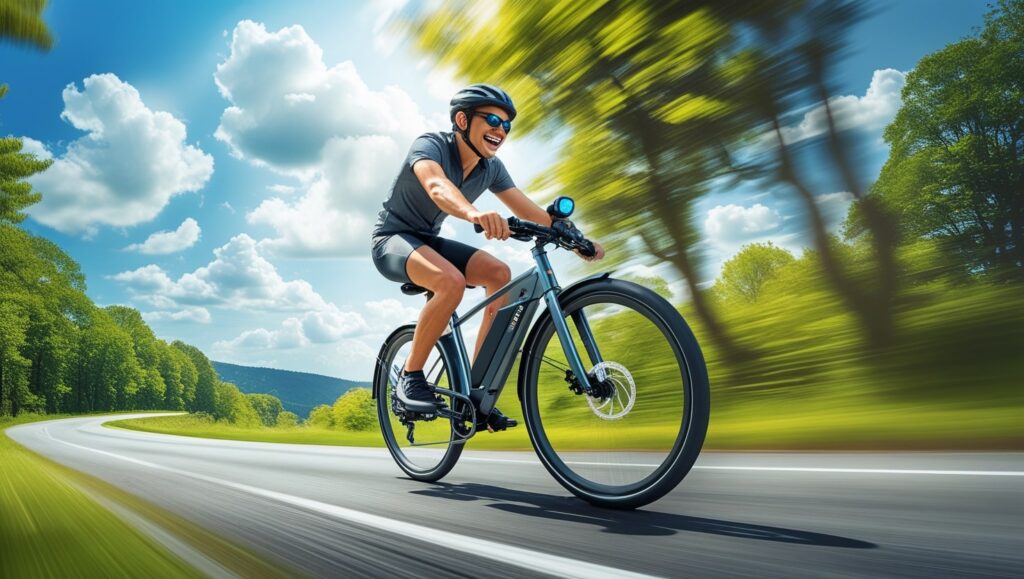
How Do Different Motor Types Impact Speed?
Hub Motors: A hub motor is built directly into the wheel, offering direct drive and efficient power transfer. From my experience, this setup is great for achieving high-speed performance, especially on flat roads.
Mid-Drive Motors: A mid-drive motor, on the other hand, delivers strong torque and excellent climbing ability, which makes it perfect for hilly terrain. However, it may not hit the maximum speed as easily as a hub system. I’ve ridden both, and while the 1200W electric bike with a 48V setup is impressive, the real-world capabilities depend on which motor type you prioritize—performance or hill power.
What Are the Legal Speed Limits for Electric Bikes?
Before pushing the speed on your electric bike, it’s important to know the legal limits set by different jurisdictions. Most local laws classify bicycles into categories like Class 1, Class 2, and Class 3, each with its own rules. Class 1 and Class 2 bikes, when using motor assistance, are typically capped at 20 mph. Class 3 bikes can go faster—up to 28 mph—but even then, riders should double-check their area’s regulations to avoid fines or other issues.
Conclusion
After years of testing different setups, it’s clear that a 48V 1500W motor delivers solid performance across many types of electric vehicles—whether you’re riding an e-bike, scooter, or even a go-kart. Depending on the terrain, rider weight, and road conditions, speeds typically fall between 20 and 28 MPH. But it’s not just about raw power—other factors like efficiency, range, and how well the motor responds to different elements play a big role in how your vehicle feels on the move.
To really improve your riding experience, stay on top of maintenance, especially by regularly maintaining the motor and tires. Smart upgrades like performance enhancements or battery swaps can also influence the overall ride. I’ve found that even small tweaks can extend your bike’s range and speed while keeping the ride smooth and responsive.
Also read: Fiido X Folding Electric Bike Review
FAQs
How fast is a 48V 1200W electric bike?
Based on what I’ve seen and tested, a 48V 1200W electric bike can comfortably reach speeds between 25 and 30 mph, depending on a few important factors. These include rider weight, terrain, wind resistance, and how well the bike is maintained.
What factors influence the speed of a 48V eBike?
From my experience tuning and riding different eBikes, your actual speed depends on more than just motor specs. The rider’s weight and the type of terrain you’re riding on play a big role—smooth, flat paths will always get you faster results than steep or uneven trails. Wind and resistance can also slow you down, especially on open roads or uphill sections. And don’t overlook the battery—if it’s low on charge, your bike may not perform at its best.
Are there legal speed limits for electric bikes?
In most areas, there are laws that cap the speeds of an electric bike to around 20 mph, though some limits can be higher depending on the bike’s classification.

